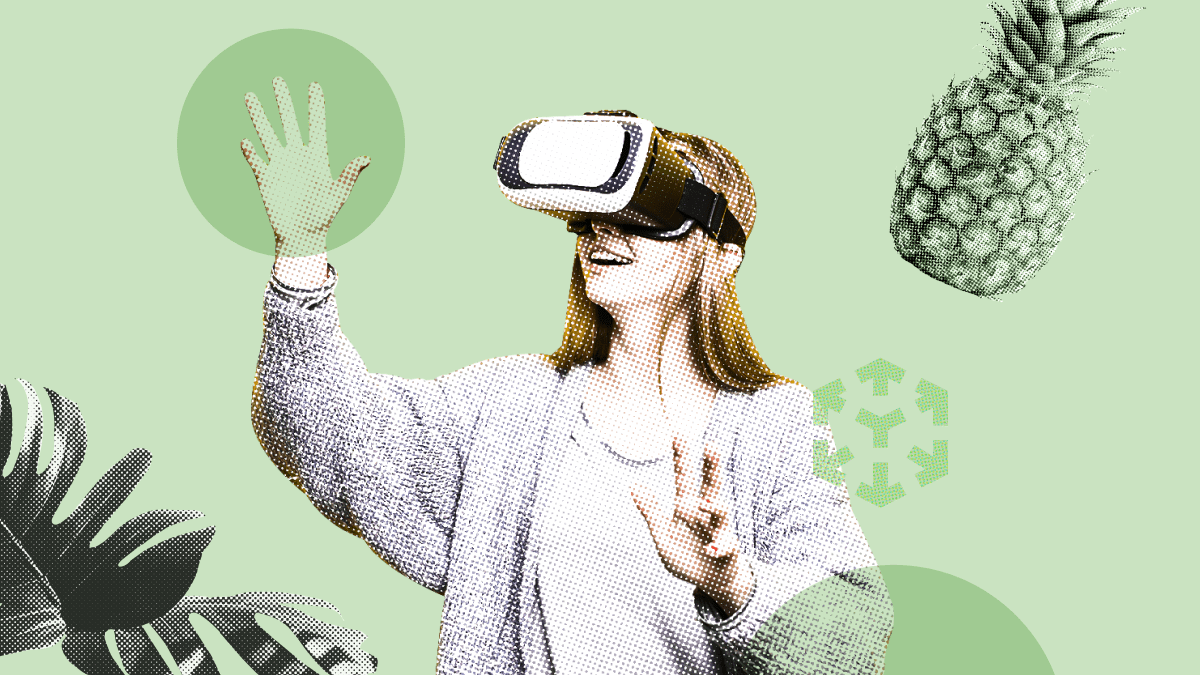Virtual reality UX has genuinely changed the way we engage with technology. The way people see, think, and feel has been revamped from scratch by VR. However, not every experience that a user has is seamless. Despite existing as a mainstream innovation for more than a decade, most designers are unclear on the design process for Virtual Reality. Most designers tend to tangle themselves into understanding principles right in the middle of understanding the design process, making it difficult for designers to understand the design process.
However, we have a fantastic guide to address this problem. This guide is a straightforward, step-by-step approach to designing for virtual reality UX. Each step describes its essence clearly and concisely, enabling designers to design by planning efficiently. With this, you should also know the tools and skills required to become a VR designer. With that said, here’s all you need to do to follow the VR design process:
1. Comprehensive research
Understanding users’ needs, goals, and wants are essential for any design process. The same holds for virtual reality UX as well. VR design is built based on the insights gathered from user research.
Apart from this, designers also tend to refer to scholarly articles and papers describing unique use cases of virtual reality in diverse applications. This ensures that the intended design avoids as many pitfalls as possible. Some projects may also demand an extensive environmental study to design a unique experience corresponding to that physical space.

2. Brainstorming
Experimentations and ideations form the basis of the VR design process during brainstorming. This activity primarily focuses on trying different models built using research insights. This process also explores potential interactions that a user might have with virtual objects and the environment with the help of improv techniques, exercises, and basic body movements.

3. Processing specifications
This step emphasizes documentation of finalized ideas. Once formatted, these ideas are used to build prototypes. VR is all about testing applicability under different scenarios. Unlike traditional apps, there are no definite criteria for assessing VR designs under flat screen guidelines.
Guidelines for designing a virtual reality UX solely depend on the platform an application is built for. Assets like SDK, platforms, and hardware are unique and work differently based on a platform and design patterns. For example, HTC’s Vive and Facebook’s Oculus differ significantly in their hardware.

4. Prototyping & building
Once prepared, specifications are then passed on to developers, and a prototype is then prepared based on the specifications. This early prototype is designed rapidly, keeping core interactions and transitions in mind. This prototype then undergoes testing to receive user feedback on design elements and overall interactivity. It also offers opportunities to assess human factors and the ergonomics of the overall user experience.

5. Usability testing
Once final designs are prepared, they undergo iterations based on feedback received during usability testing. The feedbacks offer qualitative and quantitative data like 30-second experience, UI affordance, tool use frequency, etc. are obtained during this phase.
Qualitative results will determine VR usability experience for a longer time of all the data gathered. In contrast, quantitative results will offer insights into the short experiences in providing good UX.

These are five steps to conduct a design process for Virtual Reality UX. If you wish to become a VR UX designer, check out the Design for VR course on ProApp. The course has everything one could ask for fundamentals, processes, tools, applications, and much more. So, what are you waiting for?

